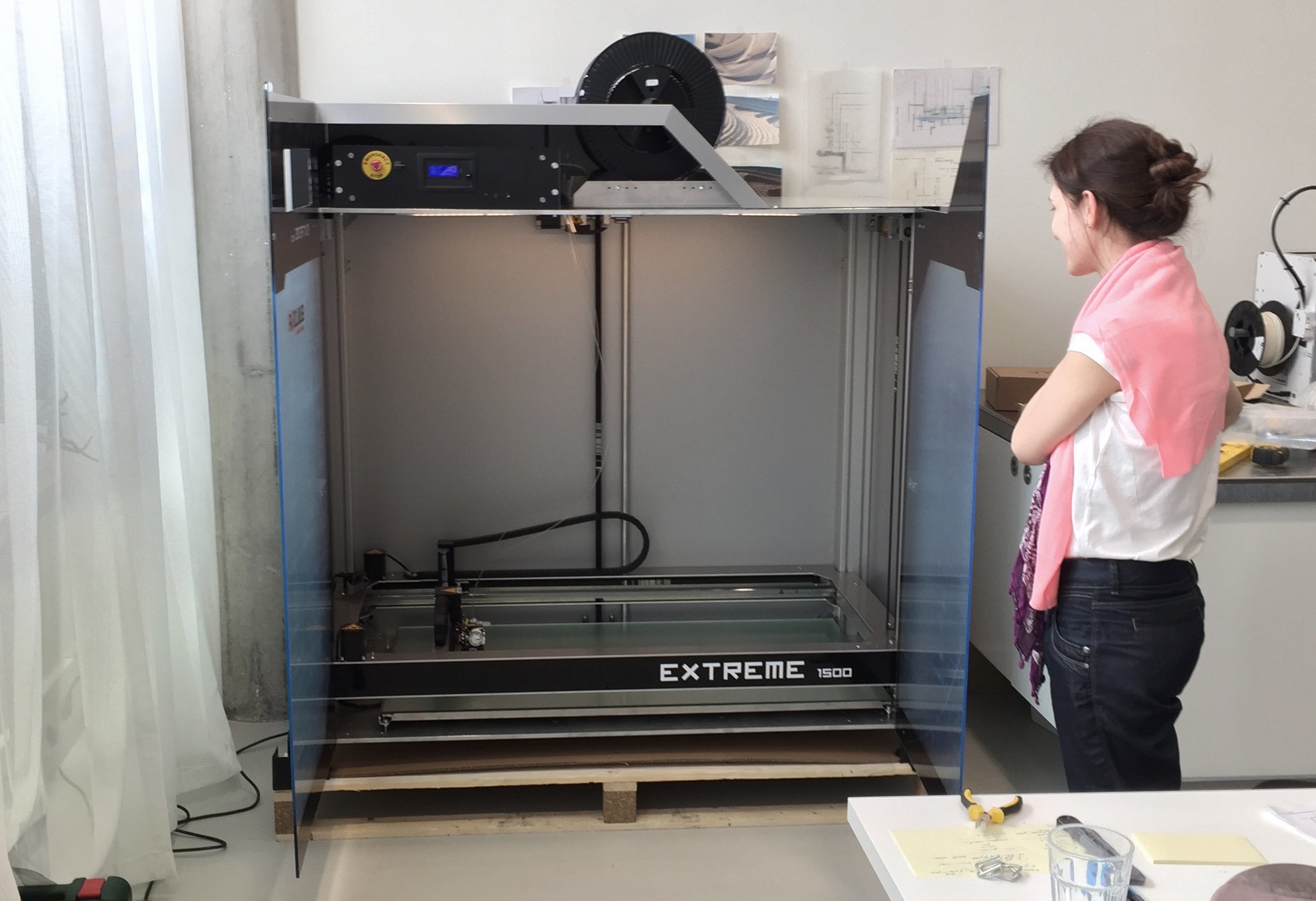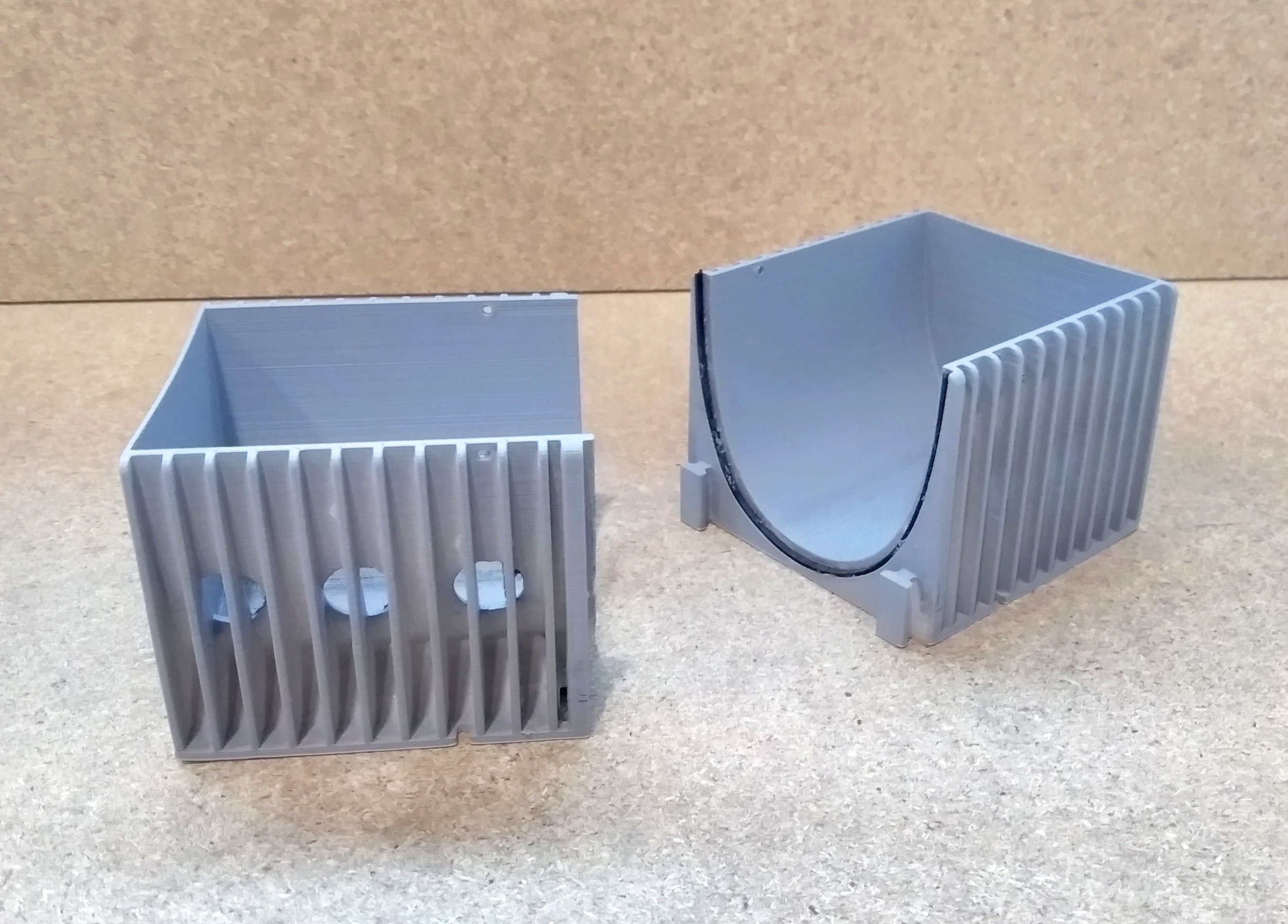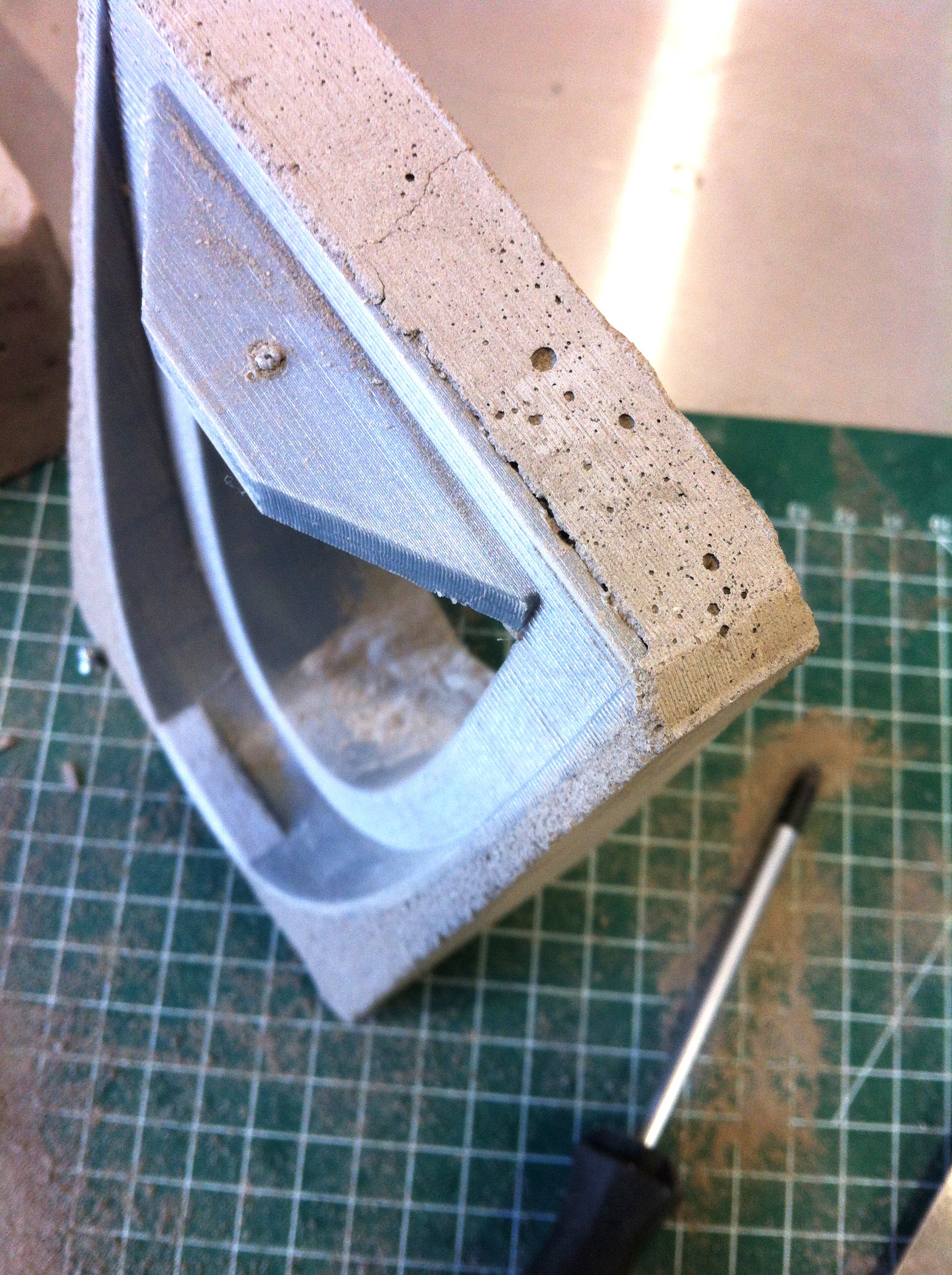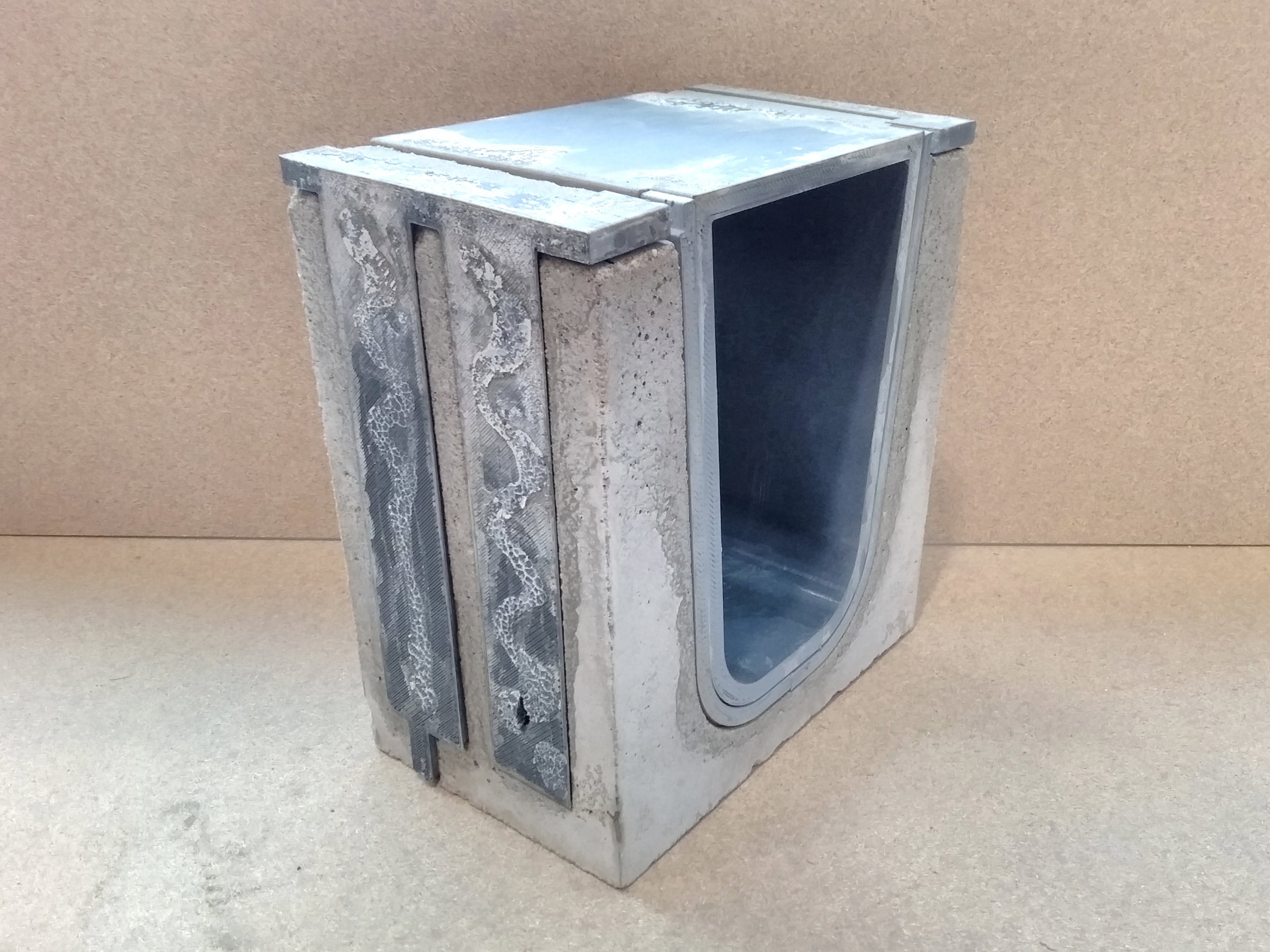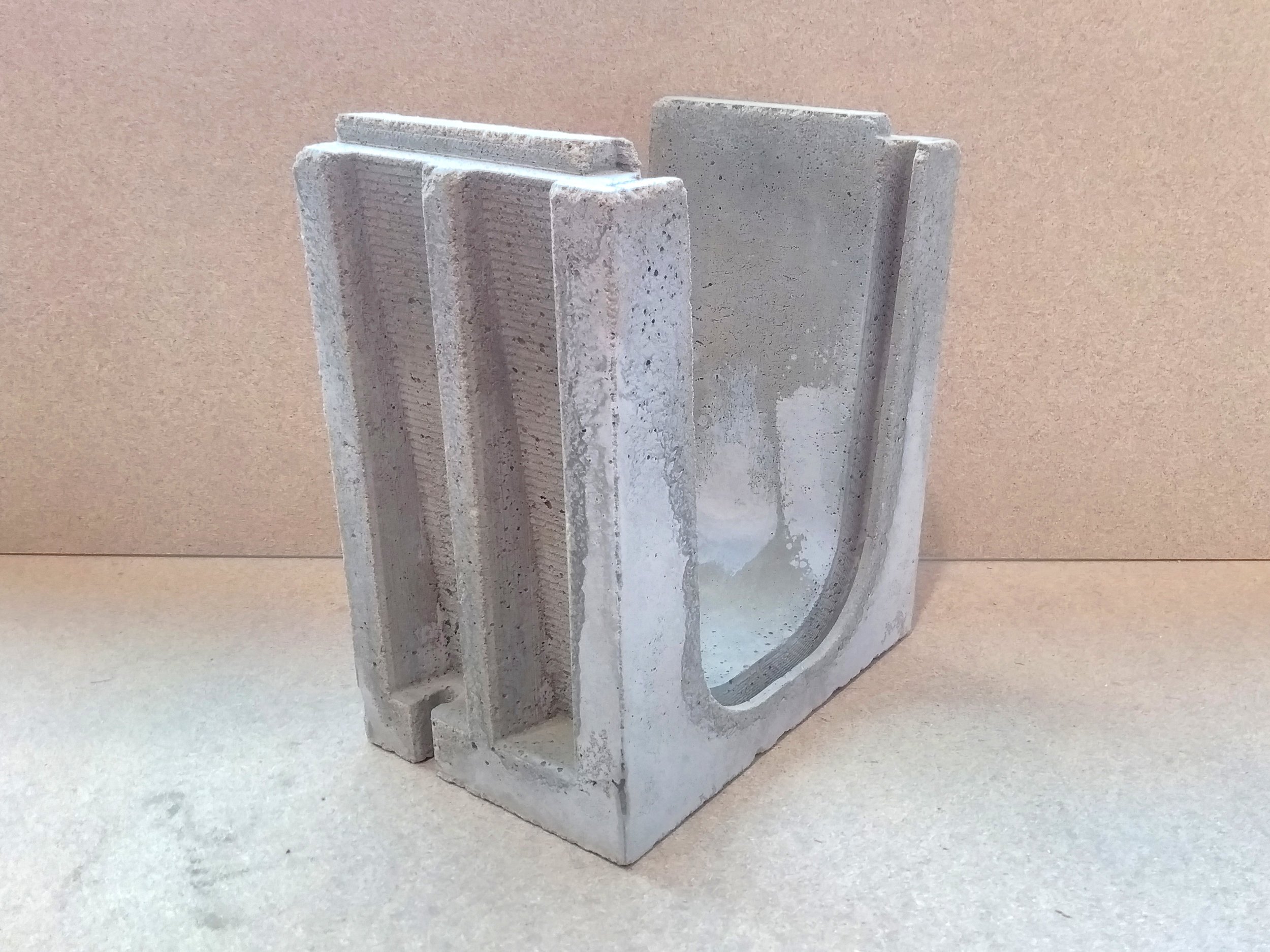Rapid prototyping in our design process
Rapid prototyping
Now that the realisation of the first full-scale pilot application of our Bluebloqs system in Spangen is coming up, we would like to give some insights in how we are able to reach this point in development. During the product design process, different aspects often need to be tested to find the best solution.
This used to be a time consuming process where scale models or prototypes were all made by hand. Now, by having 3D printing technology integrated in our office, we have the ability to quickly make prototypes from models we make with 3D CAD software.
Autodesk’s Fusion 360 works best for us: with one click the model is sent to one of our own 3D printers. We use the Ultimaker 2+ and the Builder Extreme 1500 for making physical models: from small to full-sized prototypes. This way we are able to test different working principles within a very small timeframe, helping us quickly iterate on technical ideas, make customisations in moulds and develop new products.
3D printing in infrastructure
For building full-scale models we use the Builder Extreme 1500, which has a build volume of 1100x850x550 mm: one of the largest FDM printers in the world! Using this unique feature we can make prototypes of large models of infrastructural components with high attention to detail.
Besides printing full scale prototypes of components for infrastructure application, we also use the Builder to quickly make concrete moulds. Using plastic instead of wood saves us a whole woodworking workshop and allows us to test more free-form shapes. Being able to quickly build and test detailed models is unique in designing infrastructural products.
For making small scale show models or to test working principles we use the Ultimaker 2+. The Ultimaker can produce these models at a very high resolution, very useful to simulate the behaviour (to some extend) of injection moulded plastic parts.
Although these printers appear to magically produce finished prototypes, there is a lot more to the performance and maintenance of these machines. Fortunately, we have Mirthe and Kasper, Industrial Designer and Mechanical Engineer, on board to keep our small workshop up and running. They keep on learning everyday about smart 3D modelling, print performance optimisation, rapid prototyping and smart manufacturing.
Do you want to see our machines running or explore options in combining rapid prototyping for mass customisation in your manufacturing process, please drop by!
Hope we can give you some inspiration.



